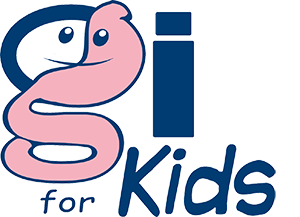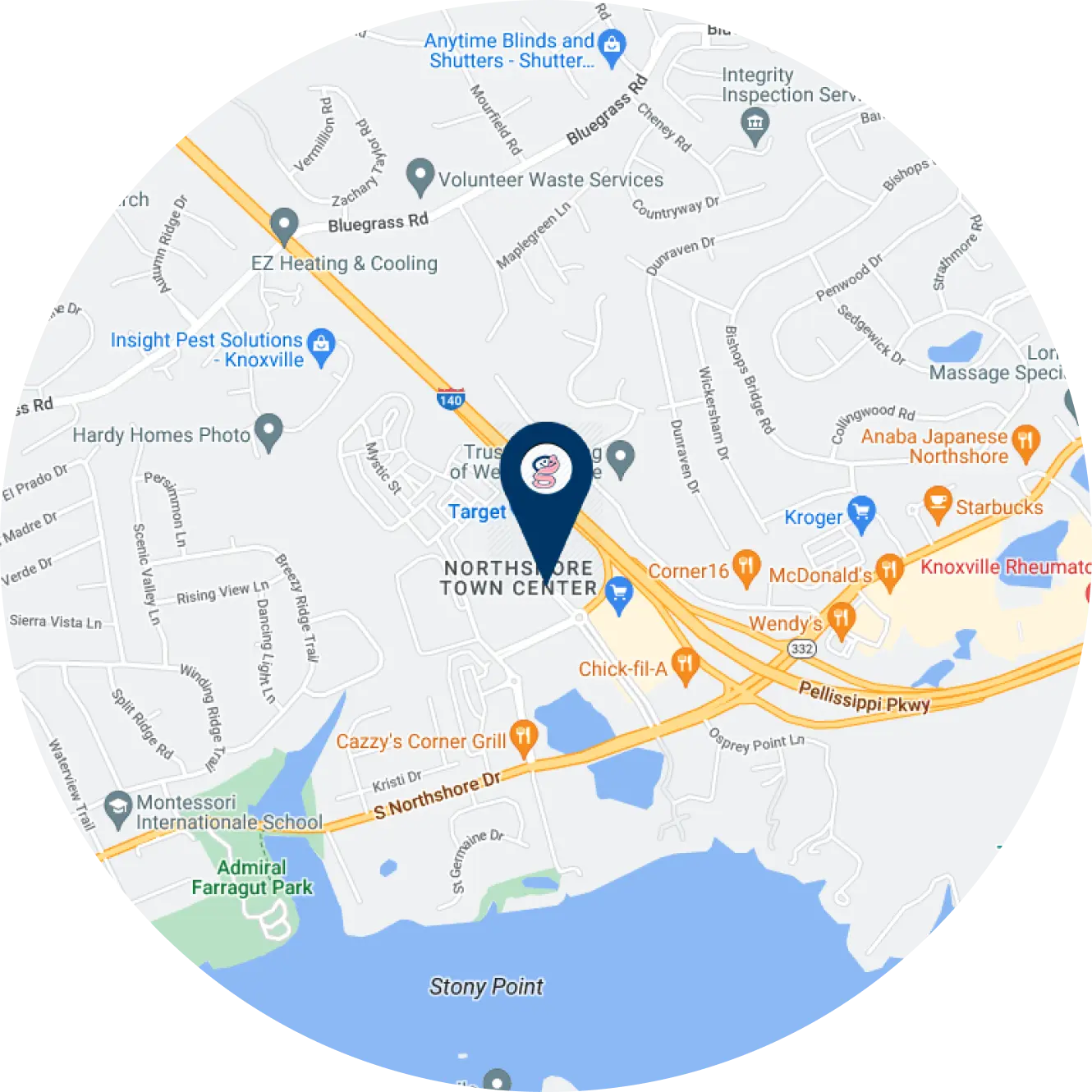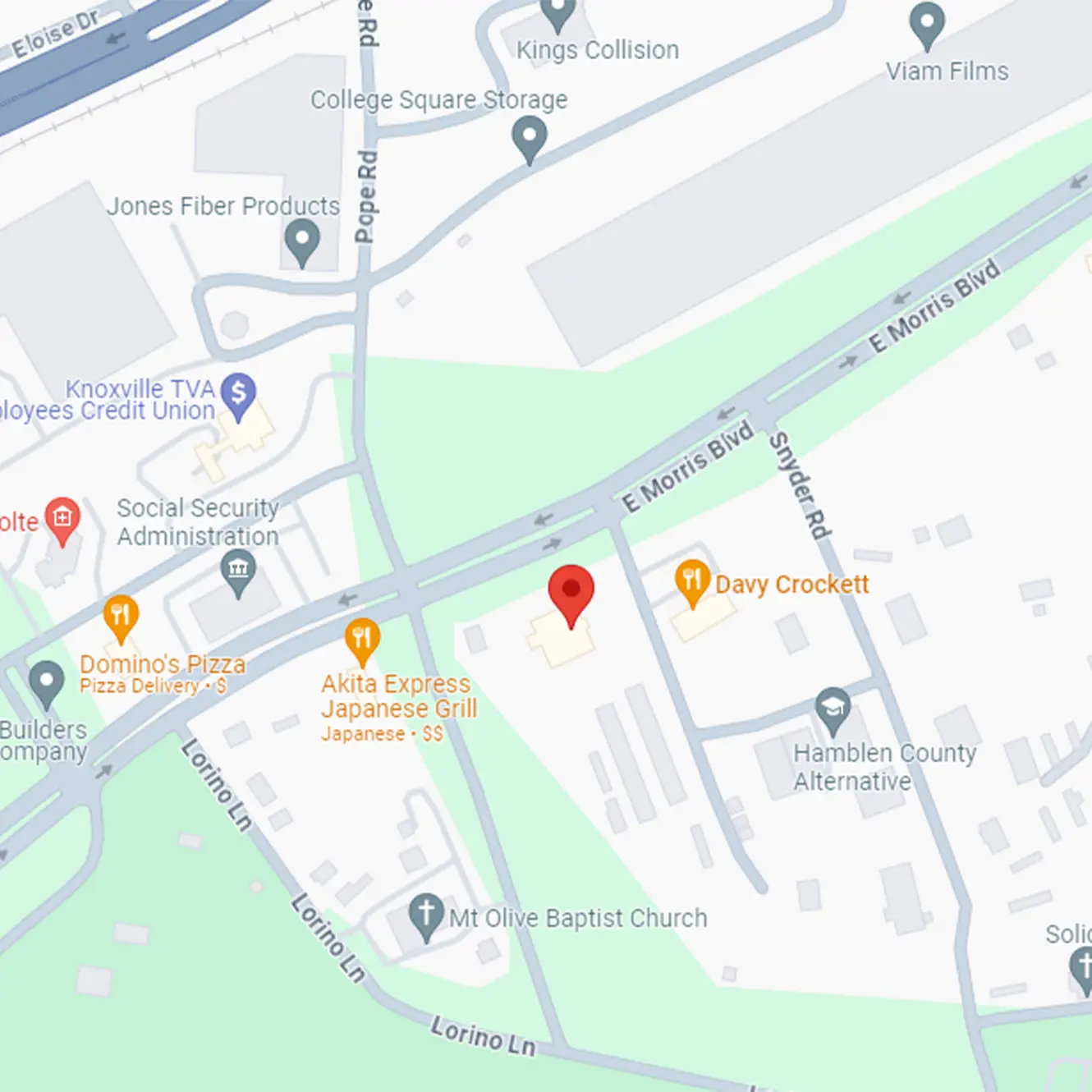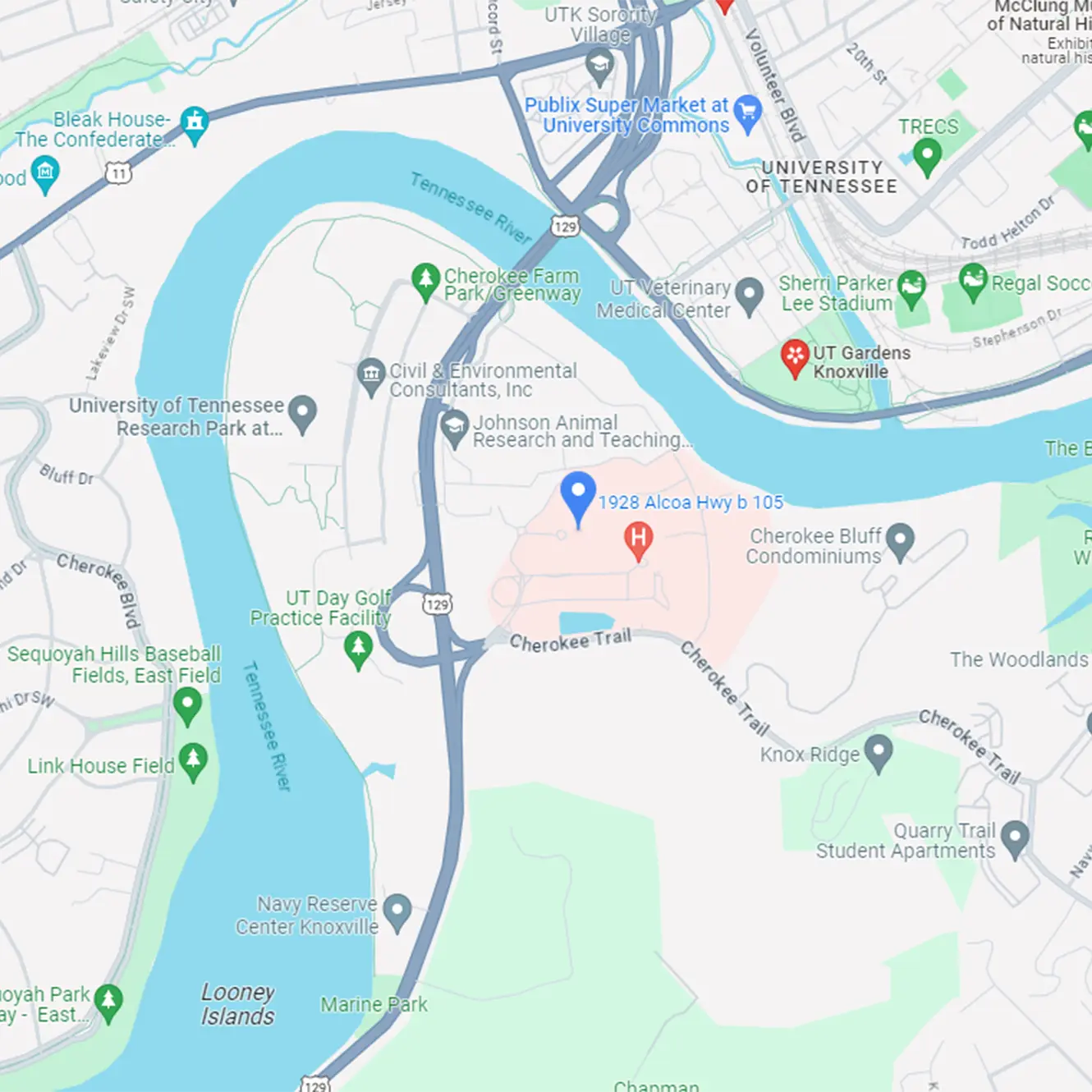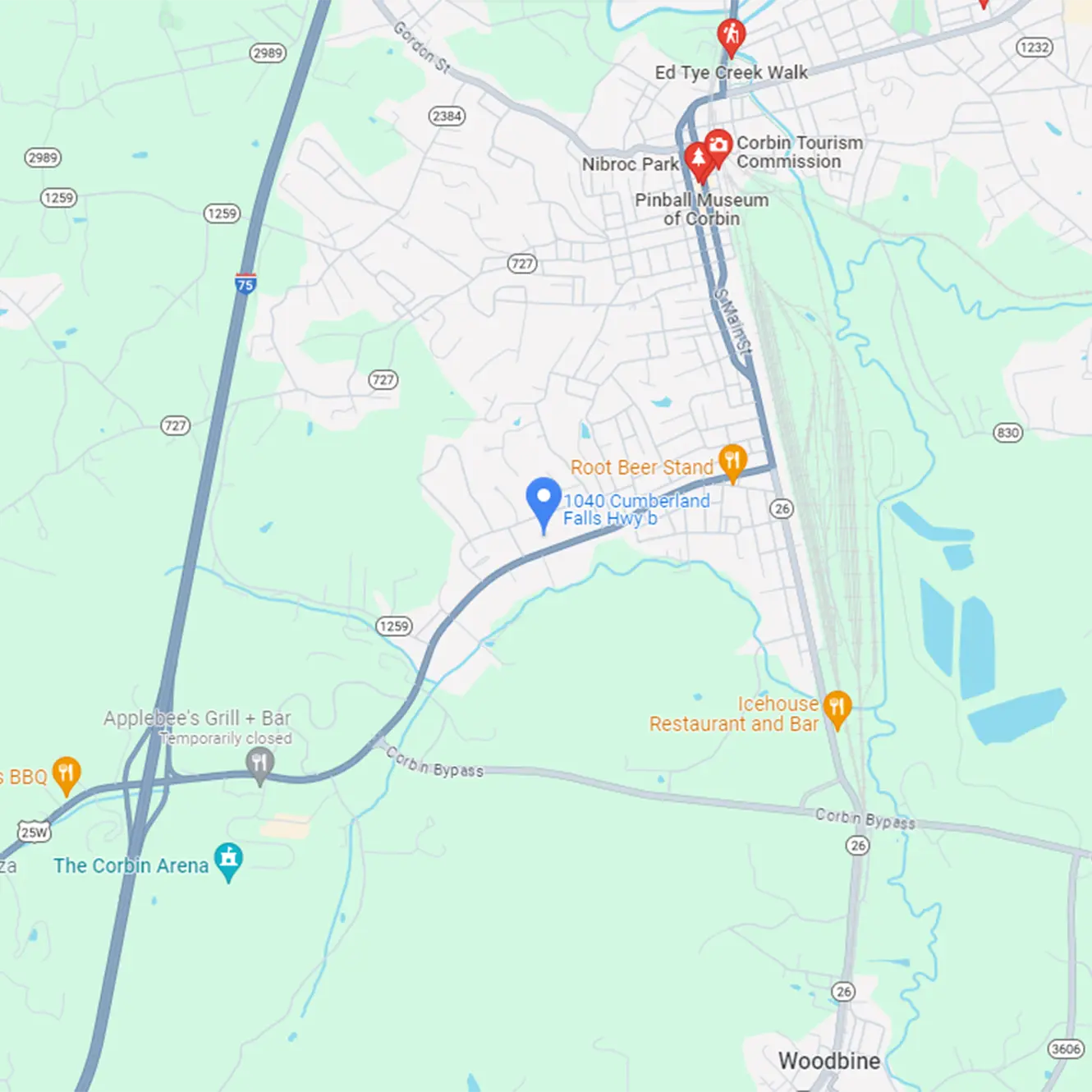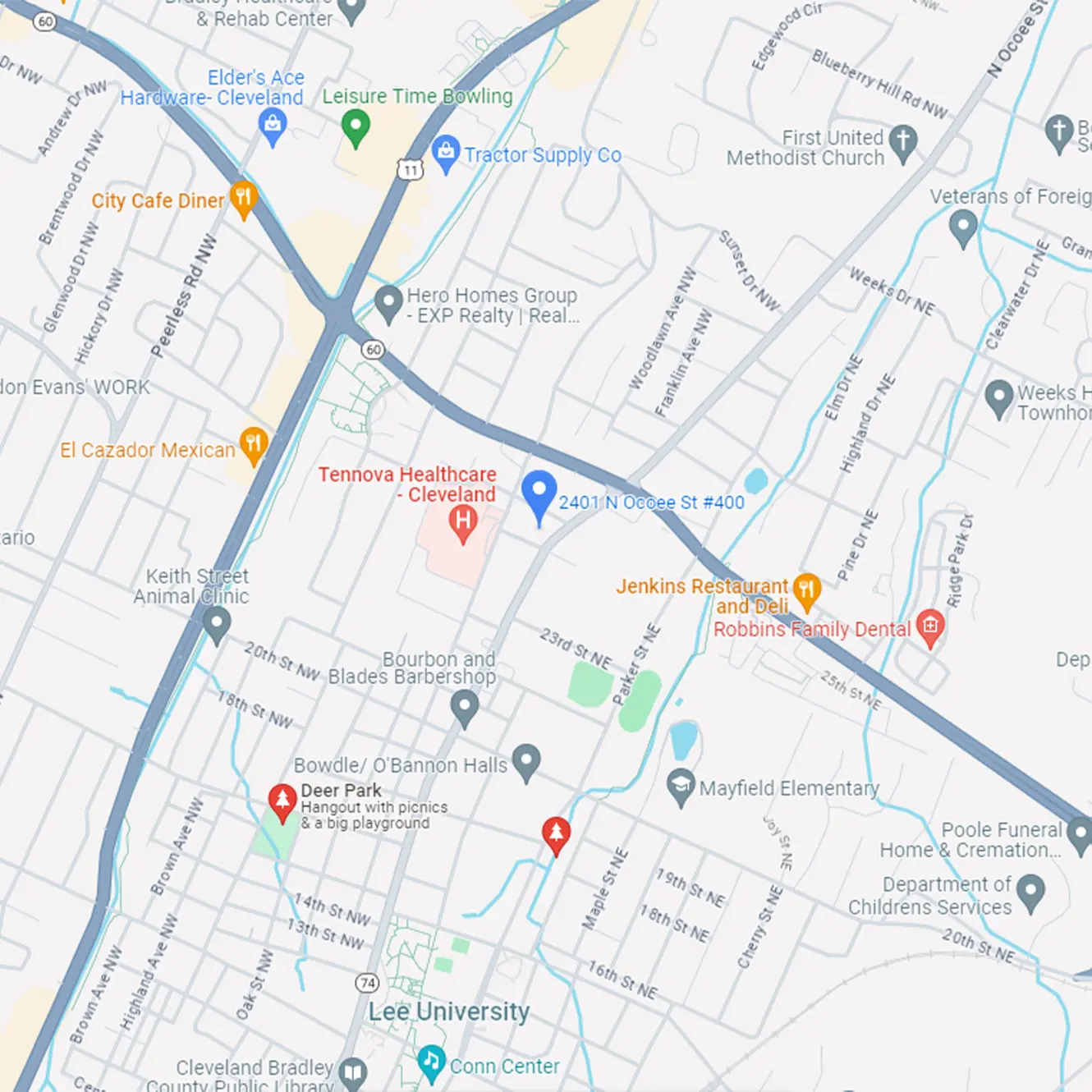Pancreatitis is usually a self-limited, acute, inflammatory process of the pancreas. In the majority of cases, it is mild and only requires fluid resuscitation (usually with IV fluids) and pancreatic rest (no food or drink by mouth) and resolves in 5-10 days. In severe cases, complications such as pancreatic necrosis, abscess formation, or pseudo cysts and other severe, even life-threatening complications can develop. The presenting symptoms of pancreatitis include abdominal pain, usually in the peri-umbilical (around the belly button) region, that can be severe. Often the patient has severe nausea and vomiting as well.
Acute pancreatitis occurs when an event triggers a pancreatic injury. Digestive enzymes are activated and cell injury produces a local inflammatory response with the release of inflammatory mediators. This can occur secondary to a systemic illness, biliary disease such as cholelithiasis ( gallstones) , choledochal cyst, or biliary sludge or stone, trauma, medications such as seizure medications or azathioprine, mercaptopurine, mesalamines, or metronidazole to name some of the most common, anatomic anomaly, obstruction, infection, metabolic causes or toxins.
Chronic pancreatitis occurs when patients have a condition that predisposes them to recurrent inflammation of the pancreas. There are 3 genetic causes to chronic pancreatitis. Chronic pancreatitis can also be related to an obstructive process. Pancreatic divisum, idiopathic fibrosing pancreatitis, abdominal trauma resulting in ductal damage and stricture formation, or congenital anomalies such as choledochal cyst or pancreatic ductal duplication or autoimmune pancreatitis.
Diagnosis of Pancreatitis
Diagnosis of pancreatitis is made based on clinical presentation of symptoms (the presence of pain around the belly button, nausea and or vomiting), elevation of Amylase and lipase, and radiographic evidence of pancreatitis such as pancreatic swelling or enlargement seen on ultrasound or CT scan of the abdomen. Lipase is a more sensitive indicator of pancreatic injury than amylase. Some patient may also have elevation of their liver enzymes on presentation associated with pancreatitis.
Treatment of Pancreatitis
Treatment of acute and chronic pancreatitis is largely reliant on fluid resuscitation (Large amounts of IV fluids) and pancreatic rest (Nothing to eat or drink by mouth). Pain control will be essential for the patient. Nutrition can be supplemented while pancreatic rest is occurring with TPN-Total parental nutrition, which is when all the patient’s daily nutritional needs are given via a special IV to allow for a longer times period of the patient not eating or drinking. Another way to supplement the patient with their daily fluid and calorie needs without eating and drinking by mouth is with enteral feedings. These are feedings that occur transpyloric via a nasojejunal feeding tube- a tube that can be placed down the patient’s nose and guided out of the stomach into the small intestine. This allows for formula to be given into the small intestine, by passing the stomach. Since the food is not being given into the stomach, the pancreas does not need to produce the enzymes used in the digestion and the breakdown of food and can continue to rest.
Often patients with acute pancreatitis will have complete recovery with resolution of their symptoms in 3-7 days. The length of the treatment course is based on the patient’s symptoms, their laboratory results, and how quickly they are able to return to a low fat oral diet without the return of abdominal pain, nausea, and/or vomiting. In cases of acute pancreatitis patients usually make a full recovery and do not have long term complications.

